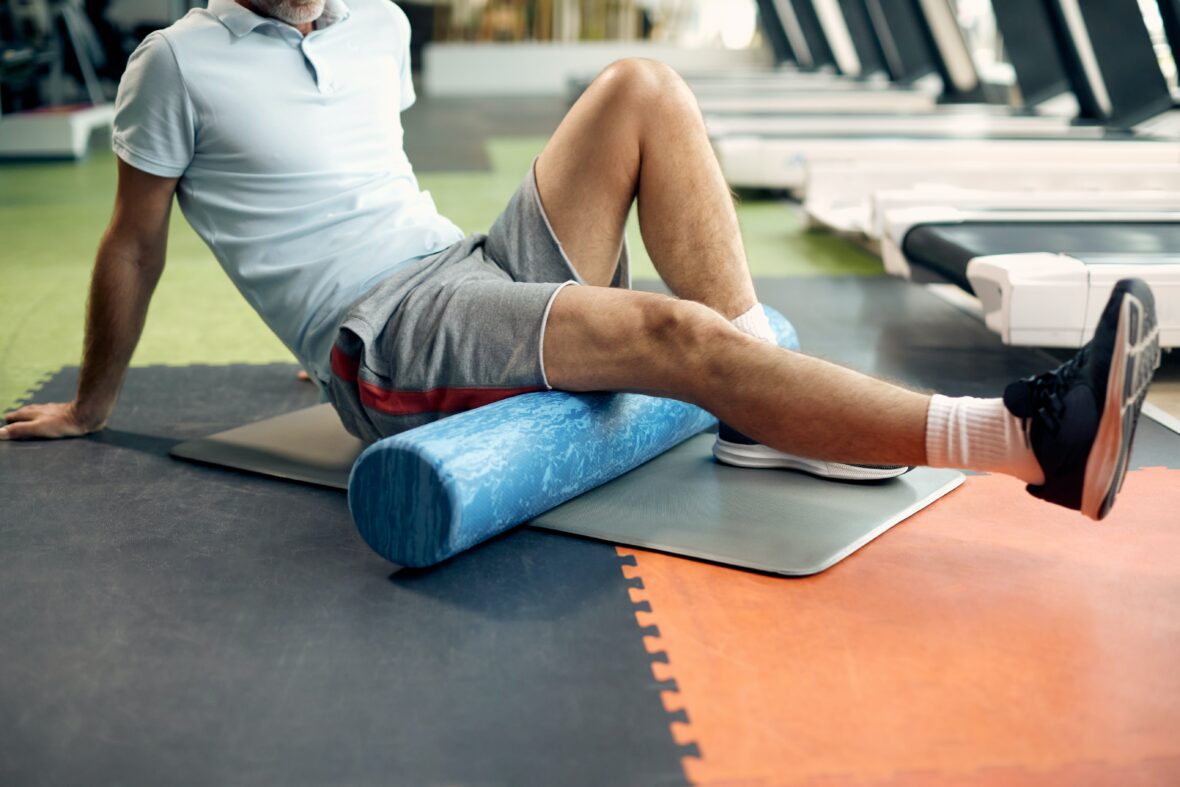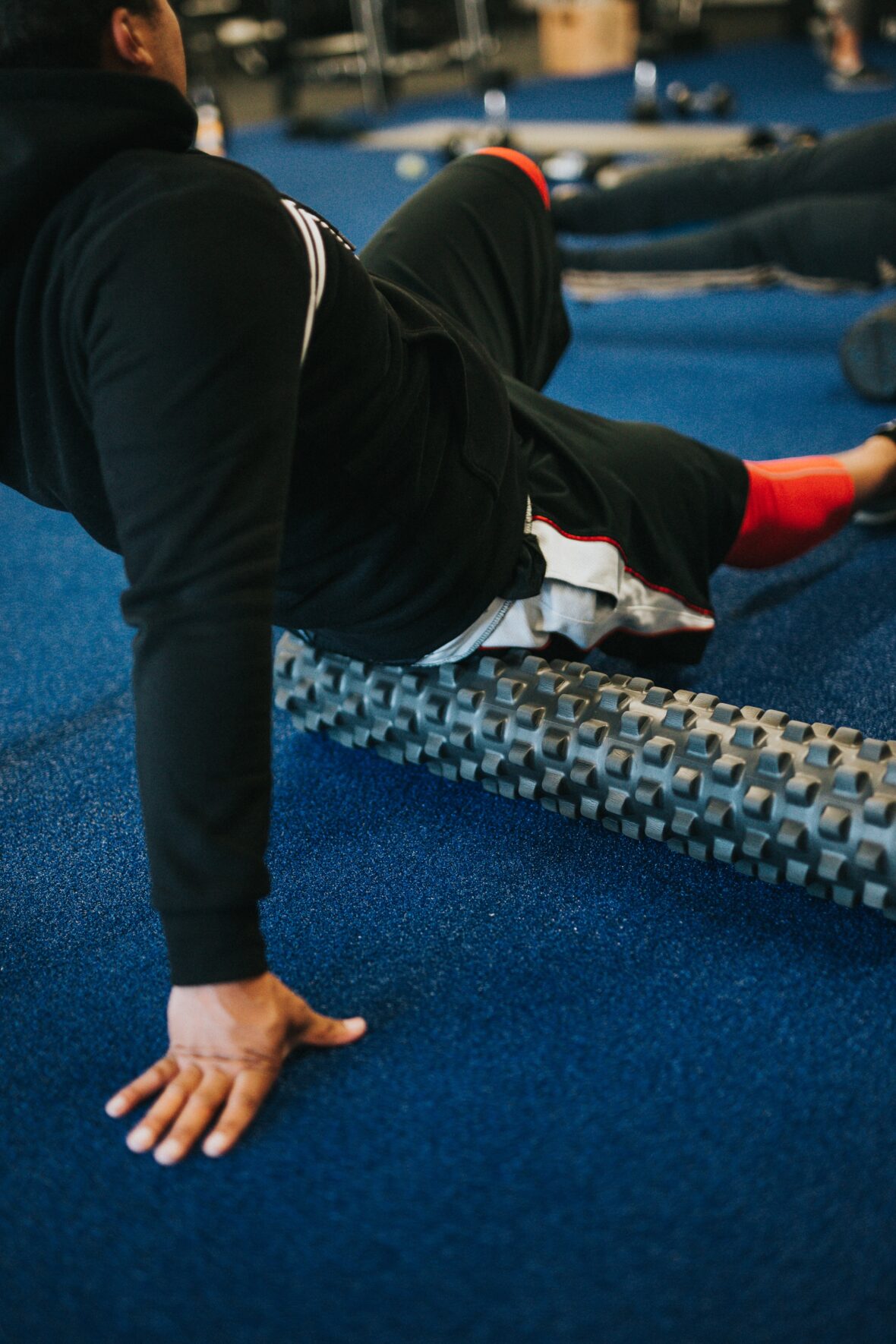
Hamstrings are a group of muscles located at the back of your thigh. They play an essential role in lower body movements such as walking, running, and jumping. But due to prolonged sitting or standing, these muscles can become tight, leading to discomfort and pain. One effective way to loosen up tight hamstrings is through foam rolling. In this article, we’ll show you how to foam roll your hamstrings and warm them up for exercise.
Understanding the Benefits of Foam Rolling
Foam rolling is a self-myofascial release technique that uses a foam roller to apply pressure to tight muscles, releasing knots and tension. It’s similar to getting a massage, only at a fraction of the cost. You will feel the benefits when you stick with foam rolling in your workout routine. These benefits include:
5. Improved flexibility and range of motion
Foam rolling is known to increase flexibility and range of motion. It works by breaking up adhesions in the fascia, which is the connective tissue surrounding muscles. When muscles become tight or tense, the fascia can also become tight and constrictive, which can limit mobility. Foam rolling can help loosen these tight areas and improve the range of motion, which can be particularly beneficial for athletes and individuals who engage in physical activity.
4. Increased blood flow and oxygen to the muscles
Foam rolling can also help increase blood flow and oxygen to the muscles. This increased circulation can help reduce muscle fatigue and soreness and promote recovery after exercise. When muscles are worked, waste products such as lactic acid can build up, which can cause soreness and stiffness. By increasing blood flow, foam rolling can help flush out these waste products and improve recovery time.
3. Reduced muscle soreness and stiffness
One of the primary benefits of foam rolling is its ability to reduce muscle soreness and stiffness. By breaking up adhesions and increasing blood flow, foam rolling can help alleviate muscle pain and soreness, making it a popular recovery tool for athletes and fitness enthusiasts. Additionally, foam rolling can help release trigger points, which are small areas of tightness within a muscle that can cause pain and discomfort.
2. Improved athletic performance
Foam rolling can also improve athletic performance by improving flexibility, range of motion, and reducing muscle soreness and stiffness. By incorporating foam rolling into a warm-up routine, athletes can prepare their muscles for exercise and reduce the risk of injury. Furthermore, foam rolling can help improve post-workout recovery time, allowing athletes to train more effectively and efficiently.
1. Reduced risk of injury
Finally, foam rolling can help reduce the risk of injury by increasing flexibility and range of motion, improving circulation, and reducing muscle soreness and stiffness. By incorporating foam rolling into a regular exercise routine, individuals can prepare their muscles for activity, reduce the risk of strains and sprains, and improve overall athletic performance.
Preparing for Foam Rolling
Before you start foam rolling your hamstrings, it’s essential to prepare your body by doing a light warm-up. A good warm-up will increase your body temperature, blood flow, and range of motion, making your muscles more receptive to foam rolling.
Here are some warm-up exercises you can do before foam rolling:
Marching in place – Stand with your feet hip-width apart and march in place, lifting your knees as high as you can for 30 seconds.
Leg swings – Stand with your feet hip-width apart, and swing one leg forward and backward for 10 repetitions. Repeat with the other leg.
Lunges – Take a step forward with your right foot and lower your body into a lunge position. Hold for a few seconds, then step back to the starting position. Repeat with your left foot.
How to Foam Roll Your Hamstrings

Now that you’re warmed up, it’s time to start foam rolling your hamstrings. The most important thing to remember is to go slow. While foam rolling can be a bit uncomfortable if you’re sore, it should never be painful. Here’s how to do it:
- Sit on the floor with your legs extended in front of you and a foam roller under your thighs, just above your knees.
- Place your hands behind you for support and slowly roll the foam roller up towards your glutes, stopping just below your buttocks.
- Roll back down towards your knees, focusing on any tight or sore spots. Pause for a few seconds on these areas and breathe deeply.
- Continue rolling up and down for 30-60 seconds, then switch to the other leg.
- To increase the pressure on your hamstrings, cross one leg over the other and focus on rolling the outer hamstring.
- You can also try angling your legs to the side and rolling the inner hamstring.
- Remember to breathe deeply and relax your muscles as you foam roll.
Tips for Effective Foam Rolling
Foam rolling can be uncomfortable, but it should never be painful. As always, stop if you feel as if this treatment is hurting you. Here are some tips to help you get the most out of your foam rolling session:
- Start slowly and gradually increase the pressure.
- Roll for 30-60 seconds on each area.
- Focus on the tight or sore spots.
- Take deep breaths and relax your muscles.
- Drink plenty of water before and after foam rolling.
- Don’t foam roll on injured or inflamed muscles.
How often should I foam roll my hamstrings?
You can foam roll your hamstrings daily or as needed, depending on how tight they feel.
Is foam rolling safe for everyone?
Foam rolling is safe, but you should consult with a medical professional before starting a foam rolling routine if you have osteoporosis or muscle tears.
Can foam rolling replace stretching?
Foam rolling and stretching are complementary techniques that can both help improve flexibility and range of motion. It’s best to incorporate both into your pre-workout routine.
What kind of foam roller should I use?
There are various types of foam rollers available, including soft, firm, textured, and vibrating rollers. Choose one that feels comfortable for you and suits your needs.
Local gyms also offer foam rollers, so you can definitely use the resources around you.
Can foam rolling help with muscle recovery?
Yes, foam rolling can help reduce muscle soreness and aid in muscle recovery after exercise.
Foam rolling your hamstrings is a simple yet effective way to loosen up tight muscles and prepare them for exercise. Now that you know how to foam roll your hamstrings, you can get loose before a workout and feel relief from sore muscles. Remember to follow our guidelines and tips so that you continue to foam roll safely and effectively, reducing your risk of injury and improving your athletic performance.
Also Read: The 8 Best Running Belts on Amazon for Women

